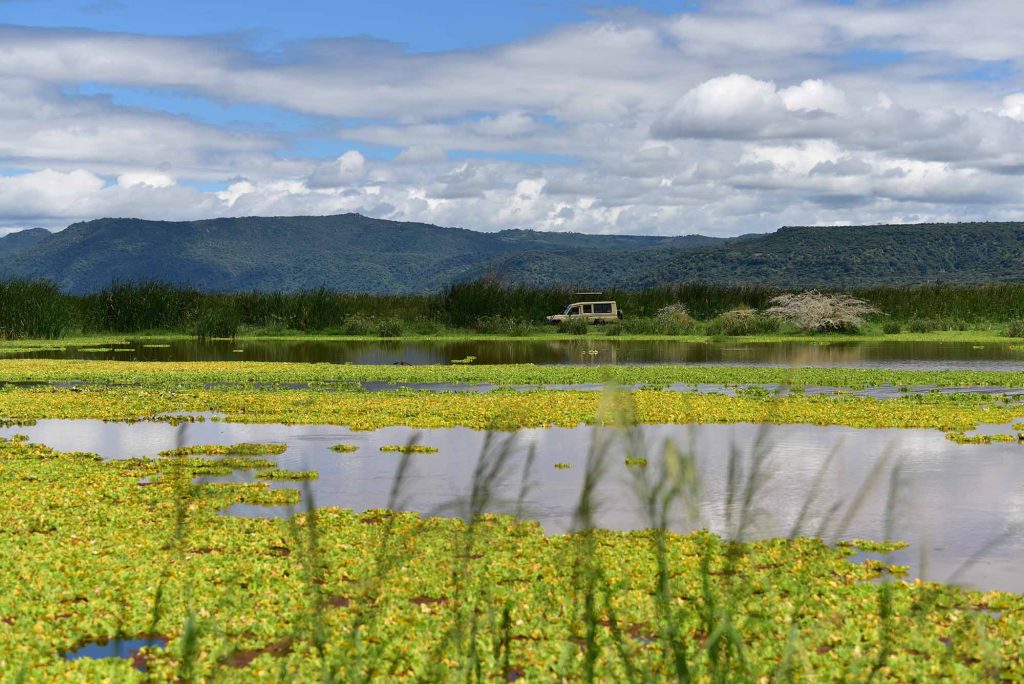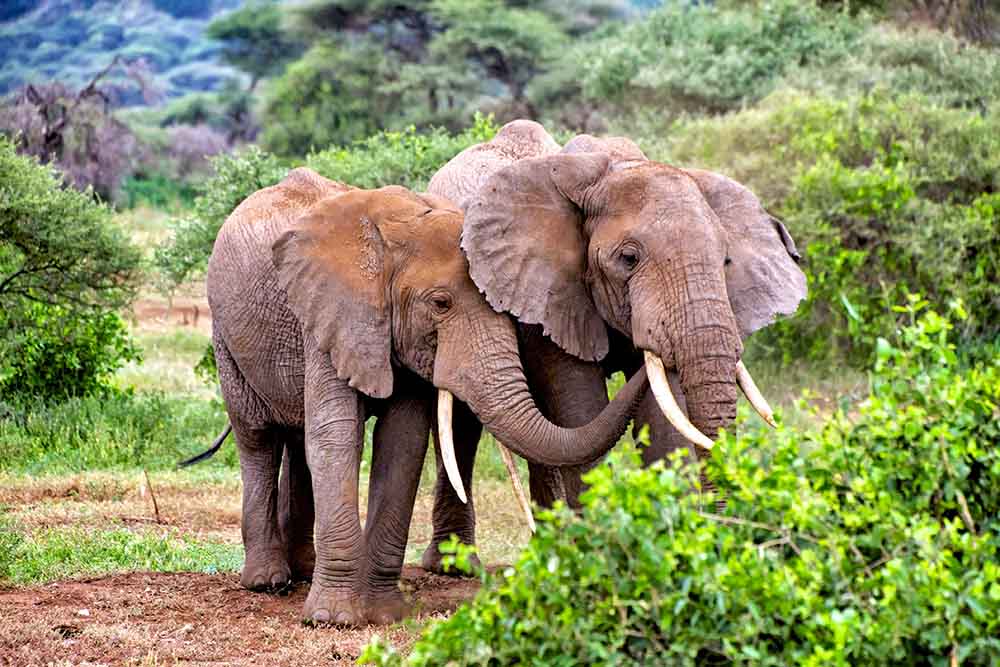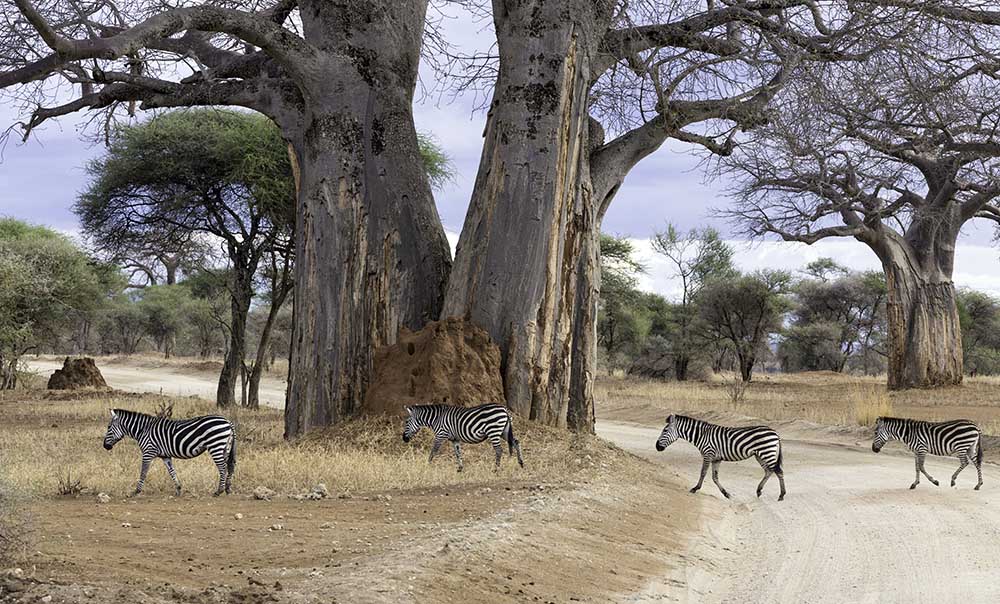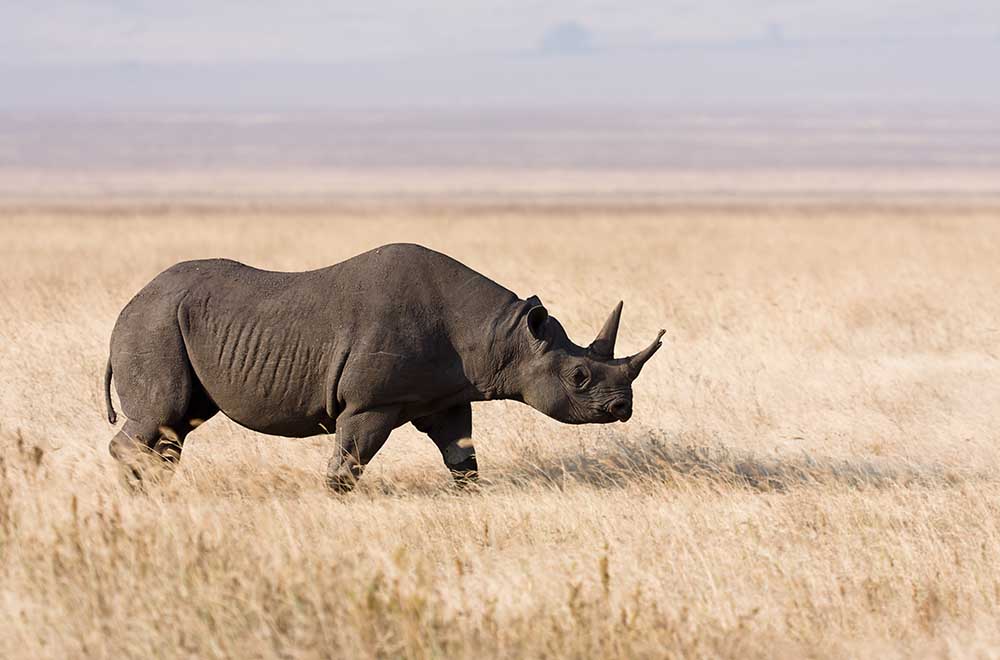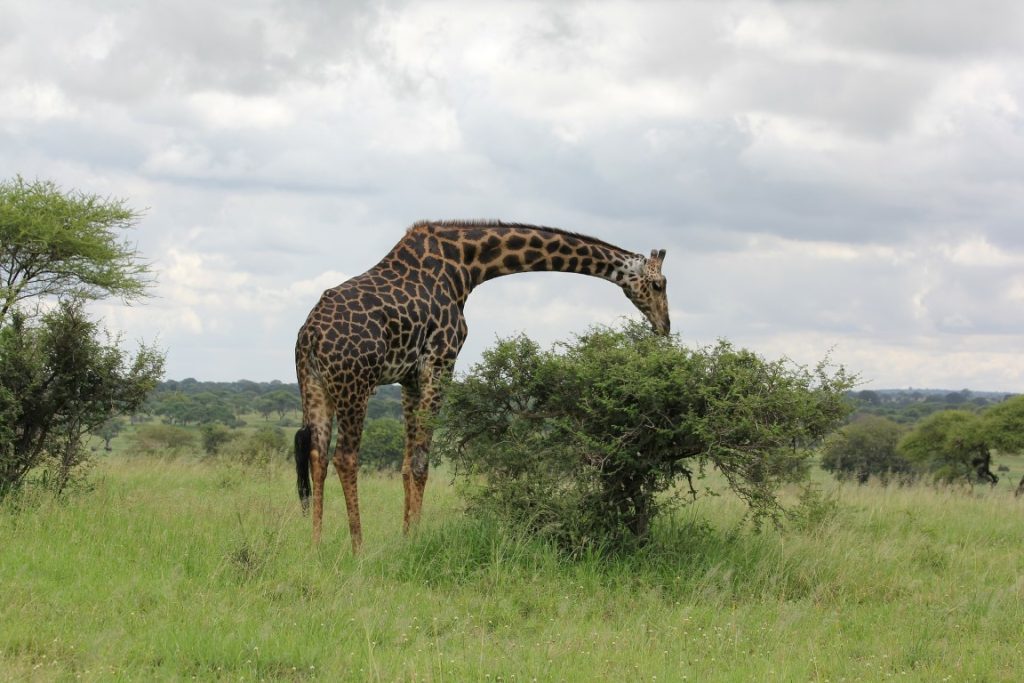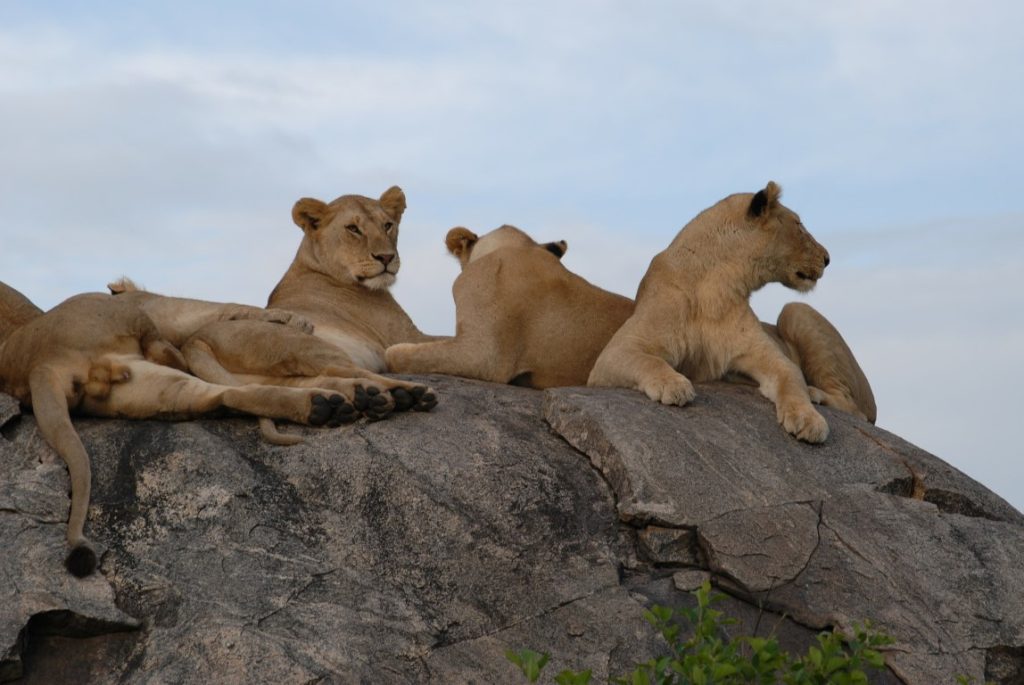Best time for Tanzania safari
Tanzania has a tropical climate that differs based on the region and altitude. Although temperatures remain relatively stable throughout the year, the country has distinct dry and rainy seasons that require careful consideration.
To experience the best wildlife viewing in Tanzania, it is recommended to visit during the Dry season which runs from late June to October. This is the time when the wildebeest migration in the Serengeti takes place, usually in June and July, and the wildebeest calving can be observed from late January to February. The southern and western circuit parks are also ideal to visit during this season, unlike the northern circuit parks which can be visited throughout the year.
During the shoulder season in Tanzania, which starts in October, the weather remains sunny and mostly dry. This makes it an ideal time for wildlife-watching, with fewer crowds compared to the high season. Parks like Tarangire, which are at their best during the late dry season, are particularly recommended. Additionally, October brings the beautiful blooming of jacarandas, especially in the north around Moshi and Arusha, as well as in the southwest around Mbeya. Walking beneath their purple canopies on a carpet of lavender blossoms is truly magnificent.
In November, the short rains begin, and it marks the start of mango season. Keep an eye out for buckets of ripe fruit along the roadsides from late November. This month also signals the beginning of peak birding season, as migrants start arriving from the north.
During the Christmas and New Year’s holiday period, which spans from mid-December through the first week of January, prices tend to skyrocket. However, both before and after this period, many lodges and camps offer attractive shoulder-season rates.
It is advisable to avoid of visiting Tanzania during the extended rainy season in April and May, if possible. The downpours are frequently intense and unexpected, leading to the cancellation of planned activities at the last moment.


